How to keep DiSC alive in your organisation?
DiSC® is a highly memorable and valuable tool both in the workplace and in personal life. However, the real value comes when participants learn to keep using it beyond the classroom!
To ensure the DiSC principles achieve their full potential, it’s the facilitator’s job to ensure that this journey of learning is continued and applied on an ongoing basis, to integrate it as part of an organization’s culture.
Thankfully for us, DiSC is designed for deepened, ongoing learning. The following hints and tips are some of the ways that certified DiSC users can encourage their clients a continued use of DiSC.
Tip 1 – Use Everything DiSC Catalyst assessment!
The new Everything DiSC® Catalyst learning platform acts as each learner’s home base throughout their DiSC® journey. Designed to support instructor-led facilitation or individual exploration, Catalyst helps people adapt to others in real-time, unlocking engagement and inspiring more effective workplace collaboration. Catalyst integrates DiSC into the flow of work, ensuring takeaways are readily applied. Catalyst raises the future interactions with DiSC 7x compared to the regular DiSC profiles! The only downside for some markets is that for now, Catalyst is only available in English.
Tip 2 – If you can’t use Catalyst, use Comparison Reports & MyEverythingDiSC (both free resources)
Everyone who completes an Everything DiSC profile has access to the free online learning resource – MyEverythingDiSC.com, which helps bridge classroom learning with real-world applications.
Although much simpler than Catalyst, the learners can still access their DiSC profile, podcasts and read more about their style and DiSC theory in general from the MyEverythingDiSC platform. Users can also get access to free Comparison Reports, which is a great tool where individuals can compare their style with those of colleagues, to help improve communication and productivity. Encourage employees to share their DiSC profiles to improve teamwork and communication with each other. The reports are free and unlimited.
Tip 3 – Follow Up DiSC Sessions
To delve further and get more out of DiSC, it’s highly recommended to organize a follow-up DiSC session within 6 months of the first session. The point is that the more you can encourage the language of DiSC and promote understanding, the better people’s uptake will be.
One great option for a follow-up session is to run a Group Culture Report to determine the group’s DiSC culture, explore its advantages and disadvantages, discuss its effect on group members, and examine its influence on decision-making and risk-taking.
We always encourage facilitators to leave this report along with the group DiSC style poster with the team leader for hanging on the office wall and for further insights and understanding of the group.
Tip 4 – Come back to DiSC in team meetings
Encourage everyone to use DiSC in meetings wherever possible. DiSC® is a tool that can be used repeatedly to ensure the language of DiSC is being used and understood. Team meetings are a great place to share examples of where DiSC has already been useful or to suggest opportunities to use it in the future.
DiSC is also great if you are starting a new project. Why not revisit your DiSC profiles so everyone knows the strengths and weaknesses of the team, right from the start? Or even to set up project teams keeping DiSC styles in mind?
Tip 5 – Use DiSC in onboarding and recruitment
DiSC® profiles are often used successfully as part of the hiring and onboarding process.
Although DiSC shouldn’t be used as a selection tool (as it measures behavioral style, not skills), DiSC helps to find answers to many important questions in the hiring/onboarding process:
– Is it likely that the job duties take the candidate outside of his comfort zone? If so, then you might want to tailor some interview questions toward the candidate’s resiliency and goals and judge those against the organization’s needs.
– Does the candidate bring a style to the team that is currently missing? Teams that have members from different DiSC styles are often more successful – different styles bring different values to the team. However, in some cases, it takes more energy and empathy for people with different styles to work successfully together.
– Do you anticipate challenges for this candidate because of her preferred behavioral style? For example, if the team is highly energetic and social but the new hire is not, you might want to ask the manager to consider other ways the group can bond and give the new hire time to engage with everyone more slowly than they might prefer.
DiSC is often used to accelerate the onboarding of a new hire.
This insight enables a rich conversation between manager and employee, helping their relationship progress on the right track from day one.
The next stage would be to bring the rest of the team together and share profiles, helping them understand their new colleague and vice versa at a much deeper level, and helping to build vulnerability-based trust.
Tip 6 – Continue the DiSC learning journey with additional DiSC profiles
While the Everything DiSC® Workplace or Everything DiSC® Catalyst are the usual starting points for most participants, it doesn’t have to be the end of a journey. Expand on from the first profile with further profiles that are more specific to individuals’ goals and specific directions, e.g. Everything DiSC® Management, or an Everything DiSC Agile EQ®. There are many DiSC Profiles available, so have a closer look at our website and start thinking about what would be the best next step for your participants.
Finally, always remember that communication is key! It is what DiSC is all about – effective communication and improved understanding! Therefore, leading by example is key, whether you are a facilitator or a leader in an organization. Being open and transparent with regards to DiSC, acknowledging everyone’s value, and reinforcing the Cornerstone Principles are key to creating a positive DiSC experience, both during your session and keeping DiSC alive long-term.
You might also be interested in
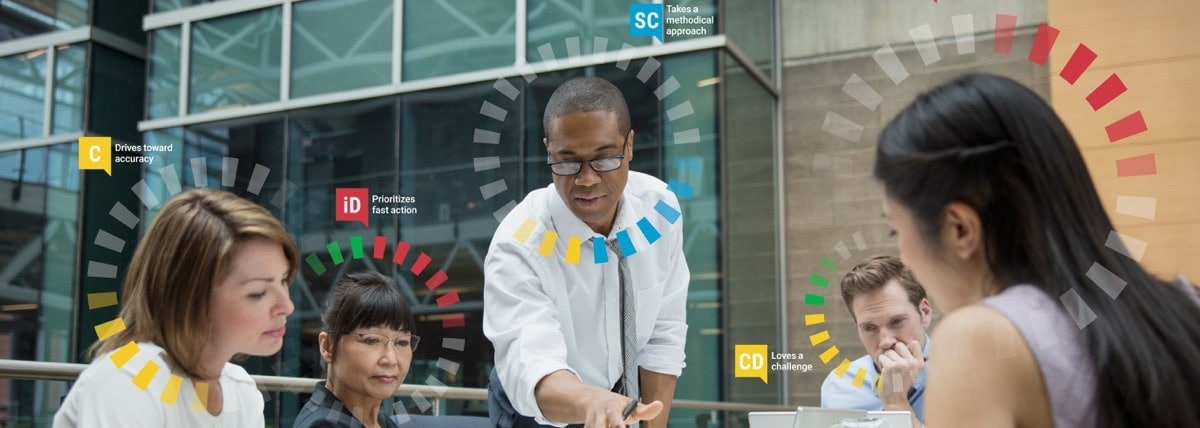

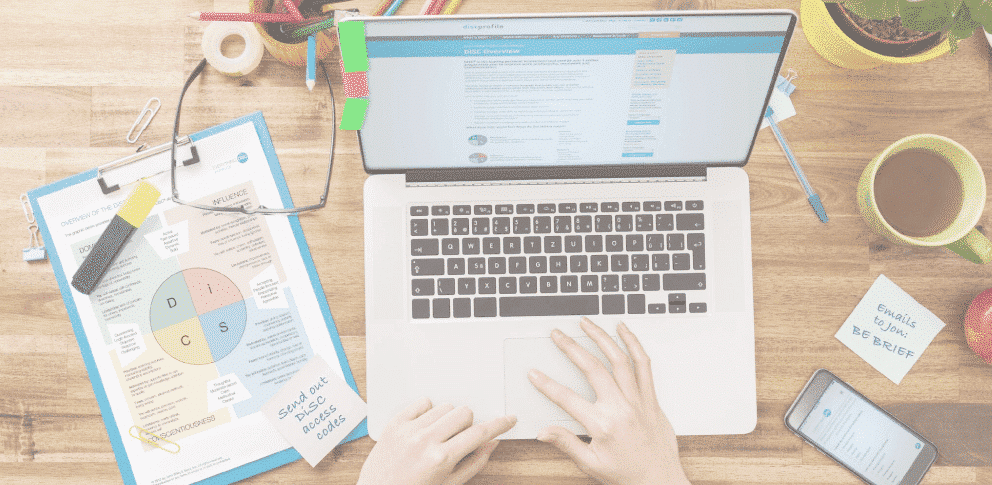


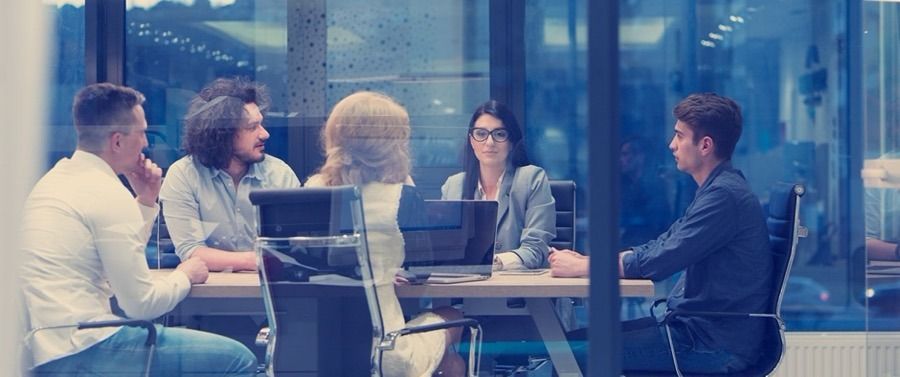

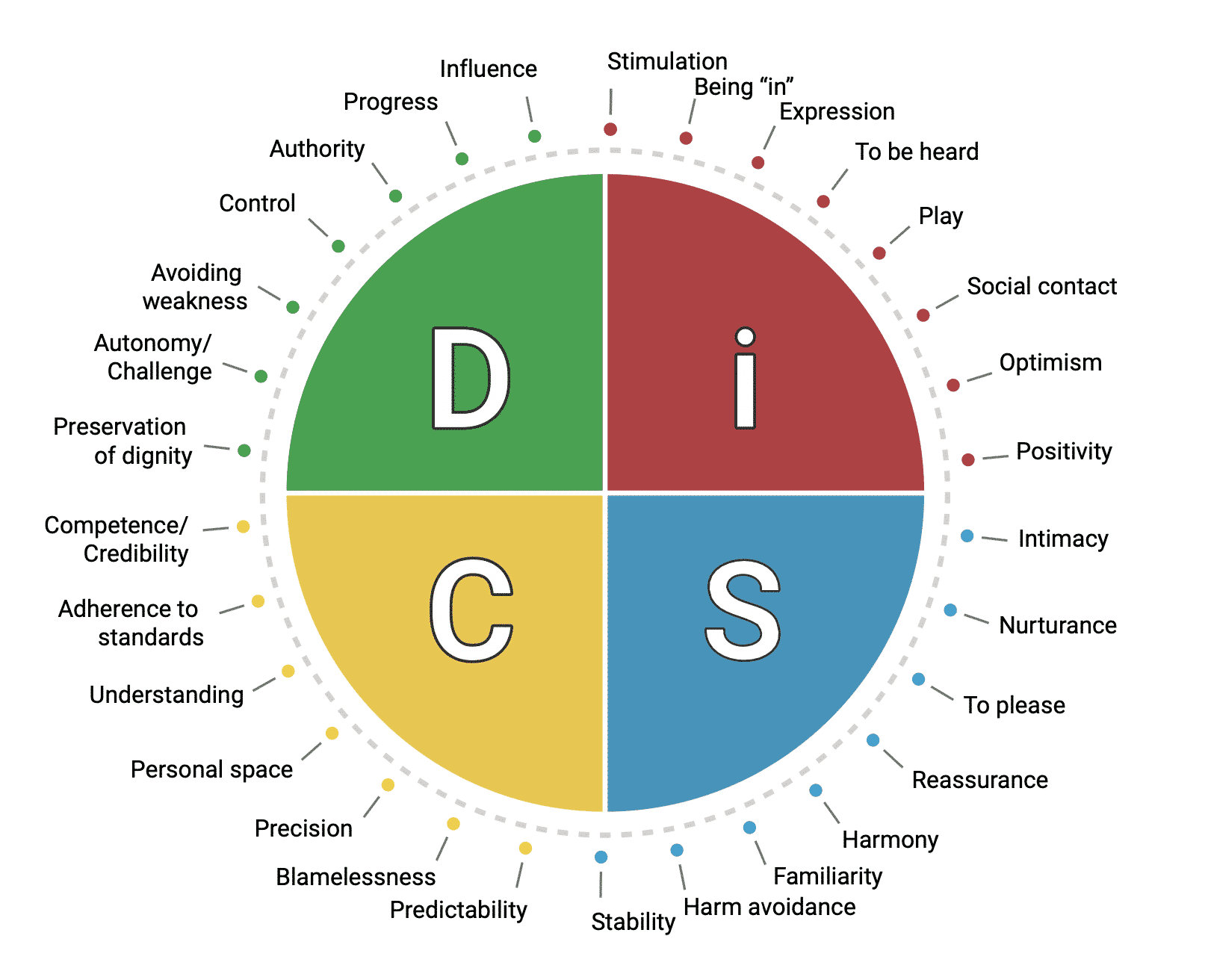




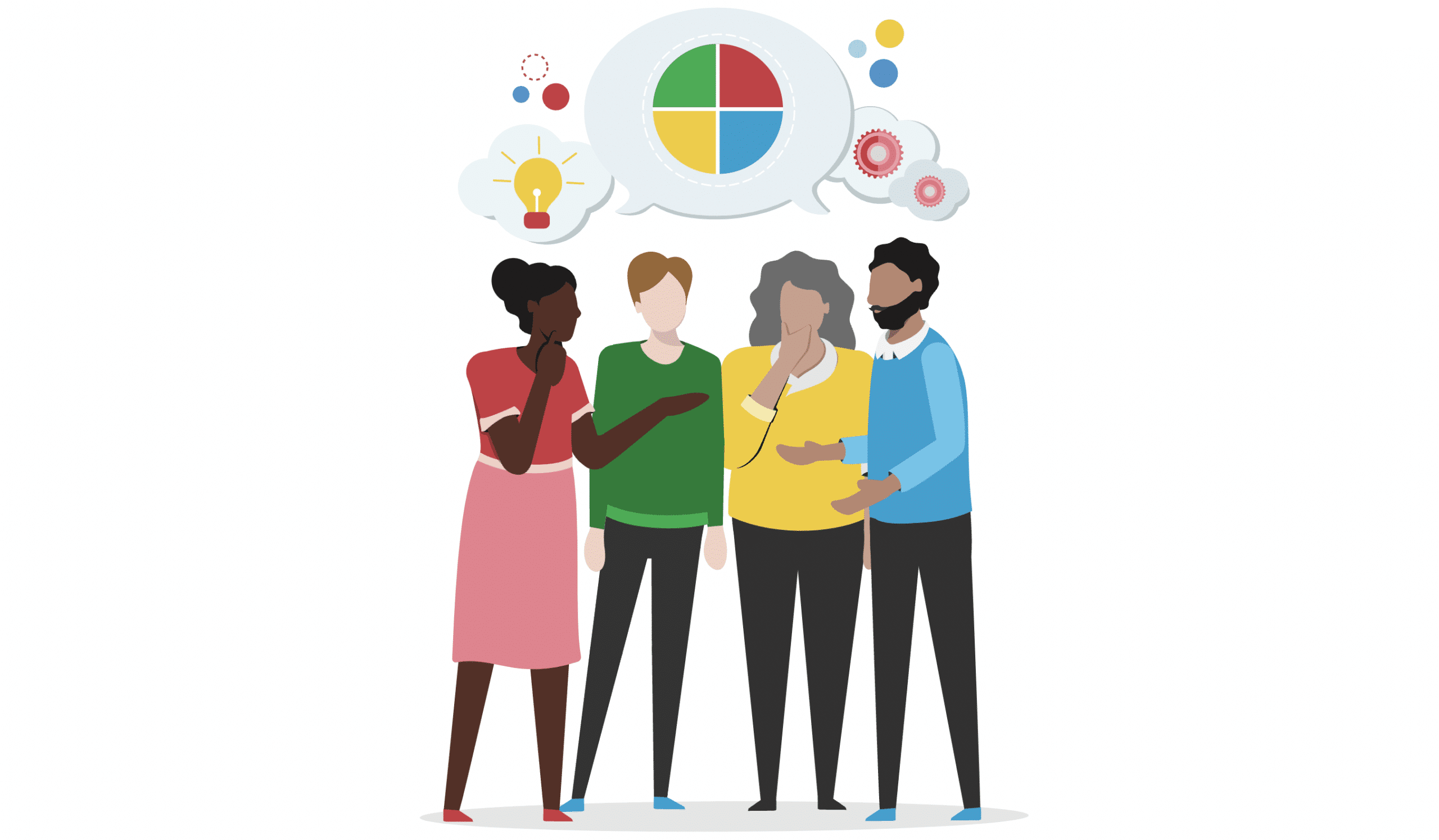

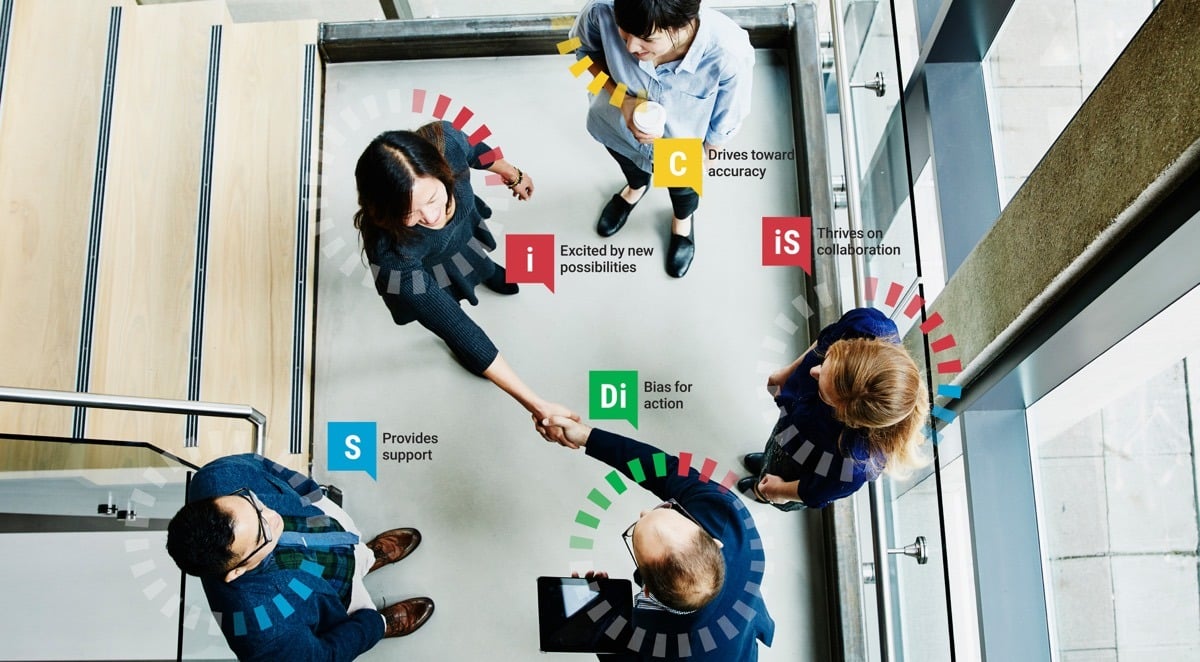
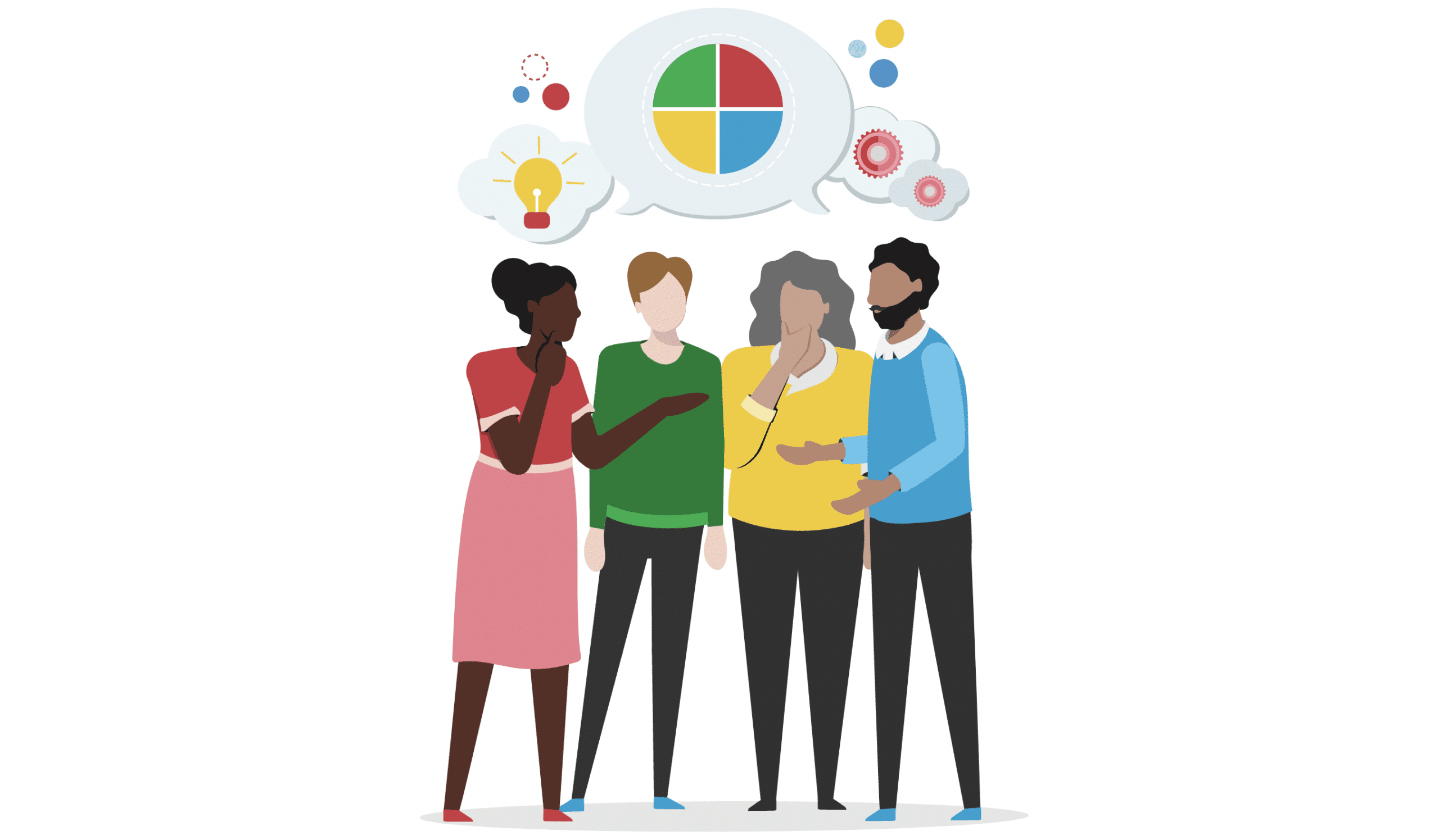


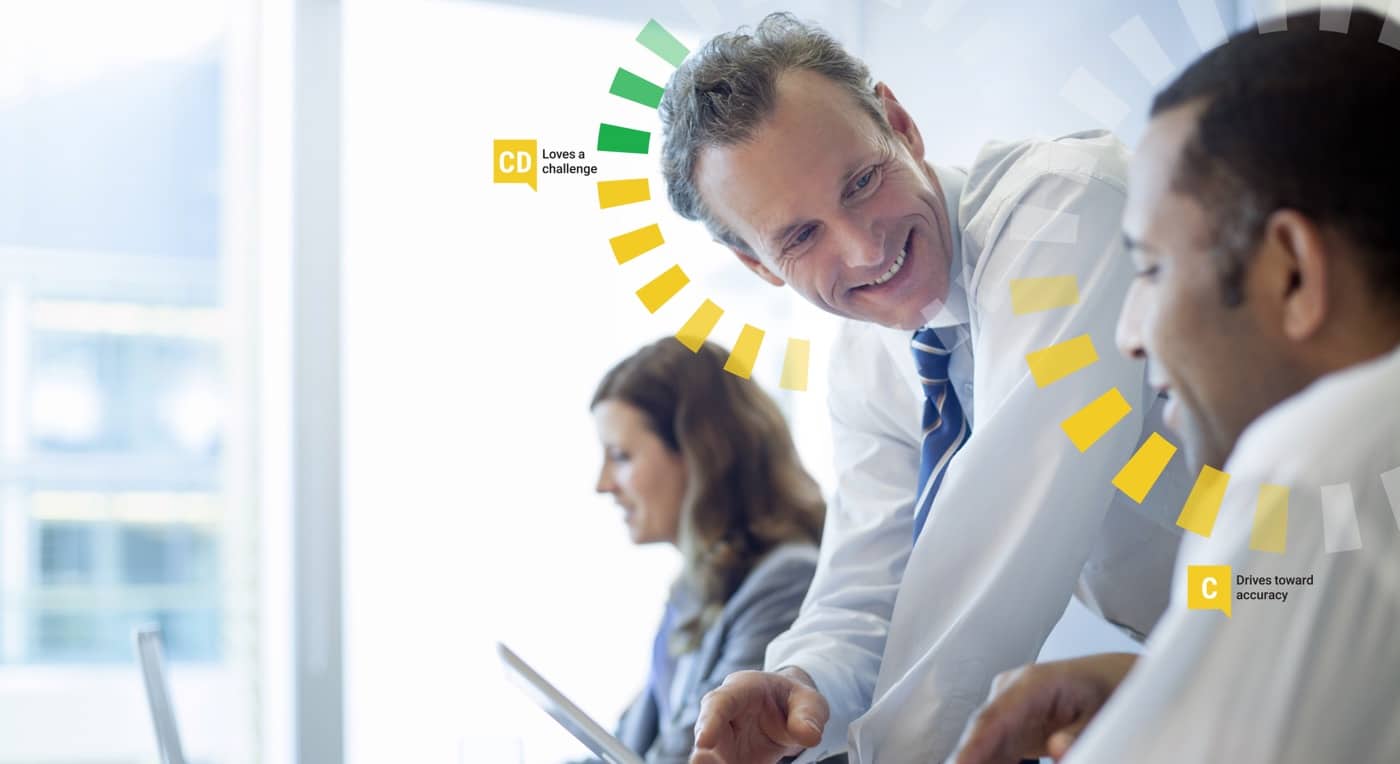

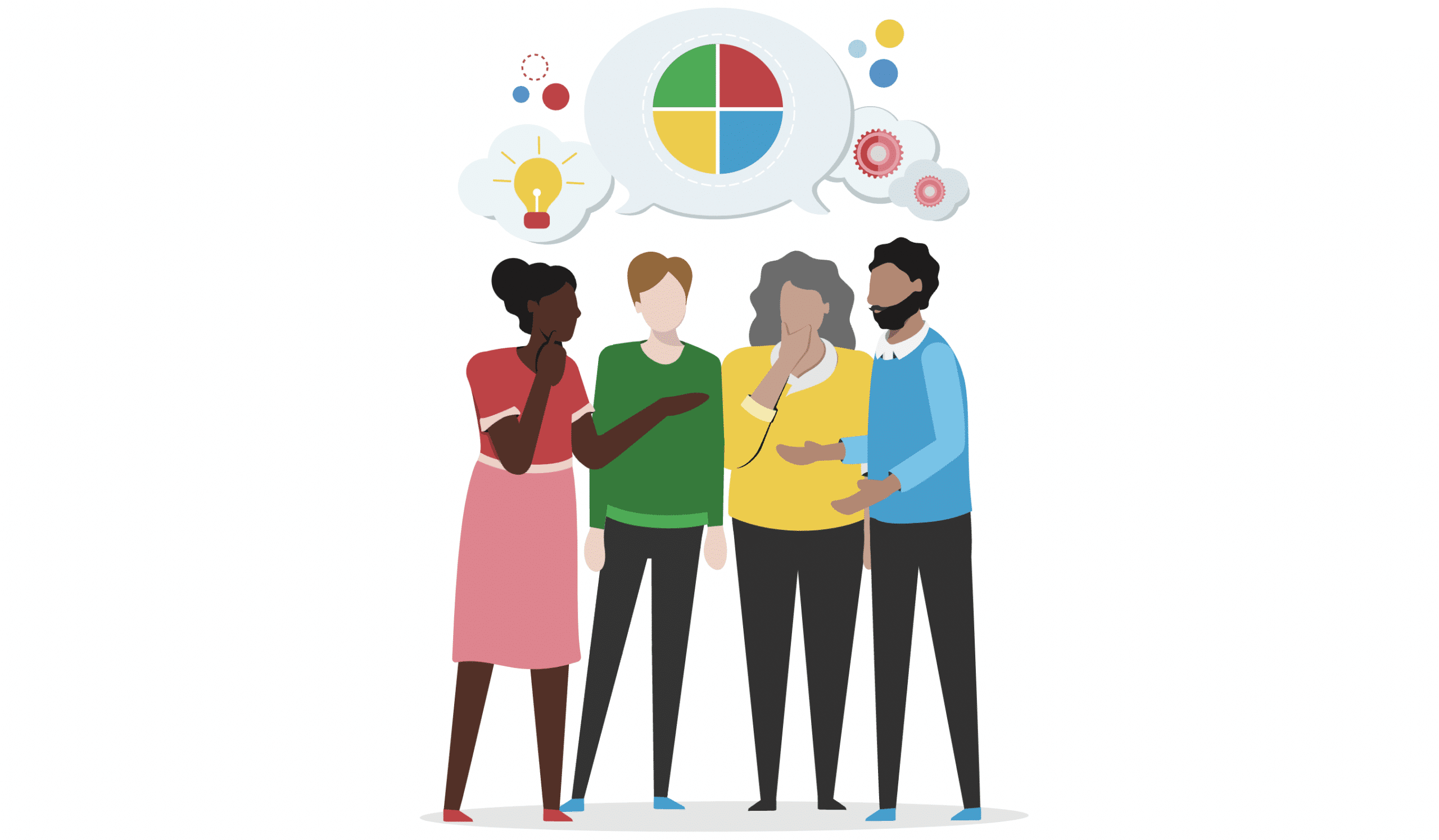
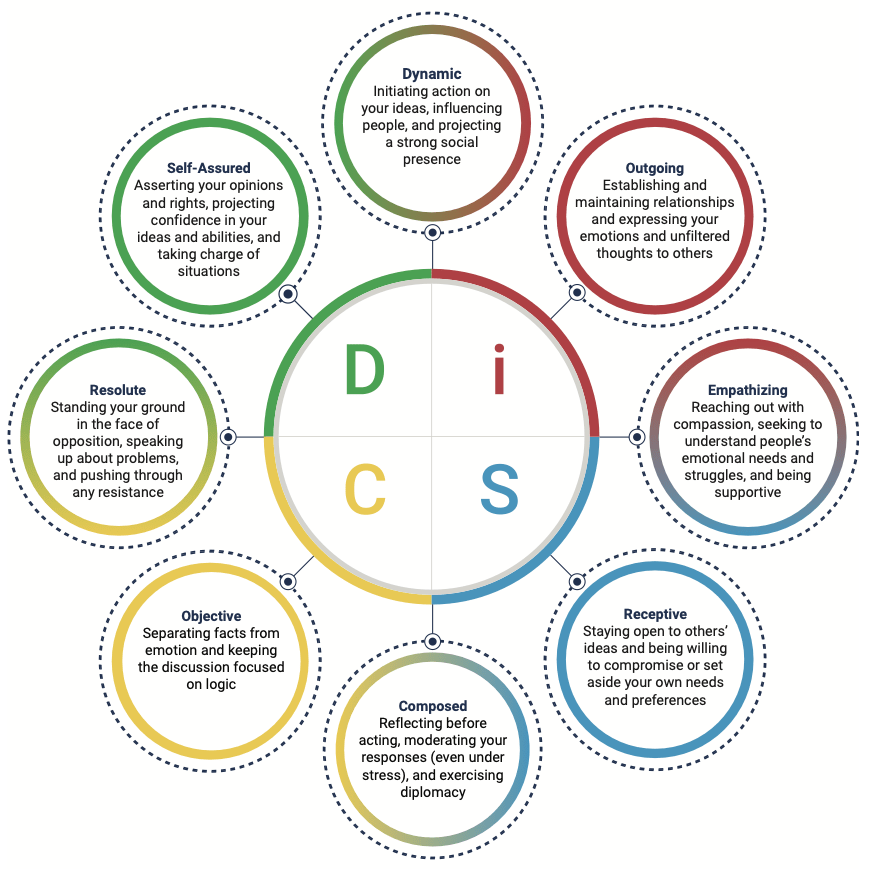

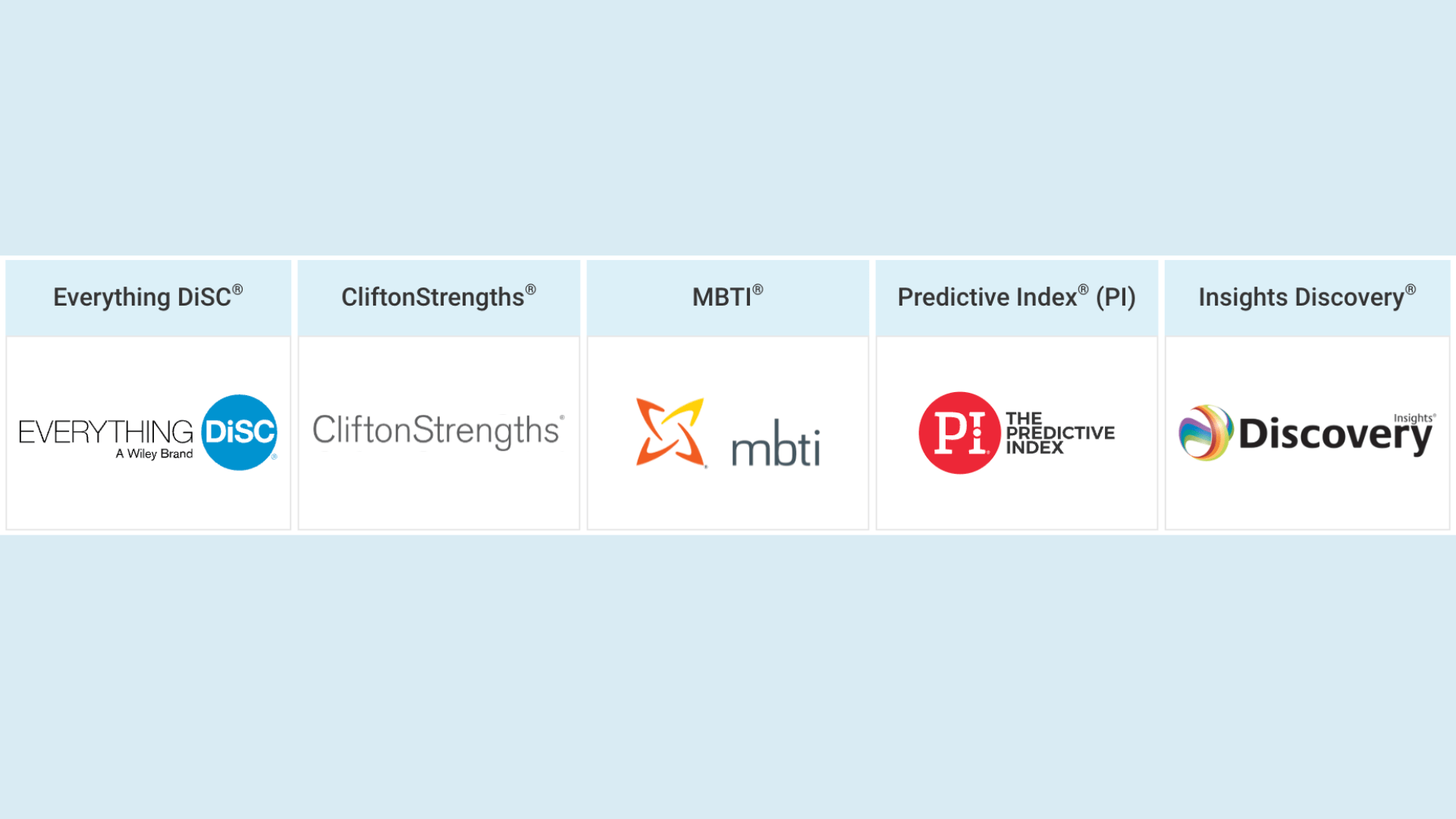


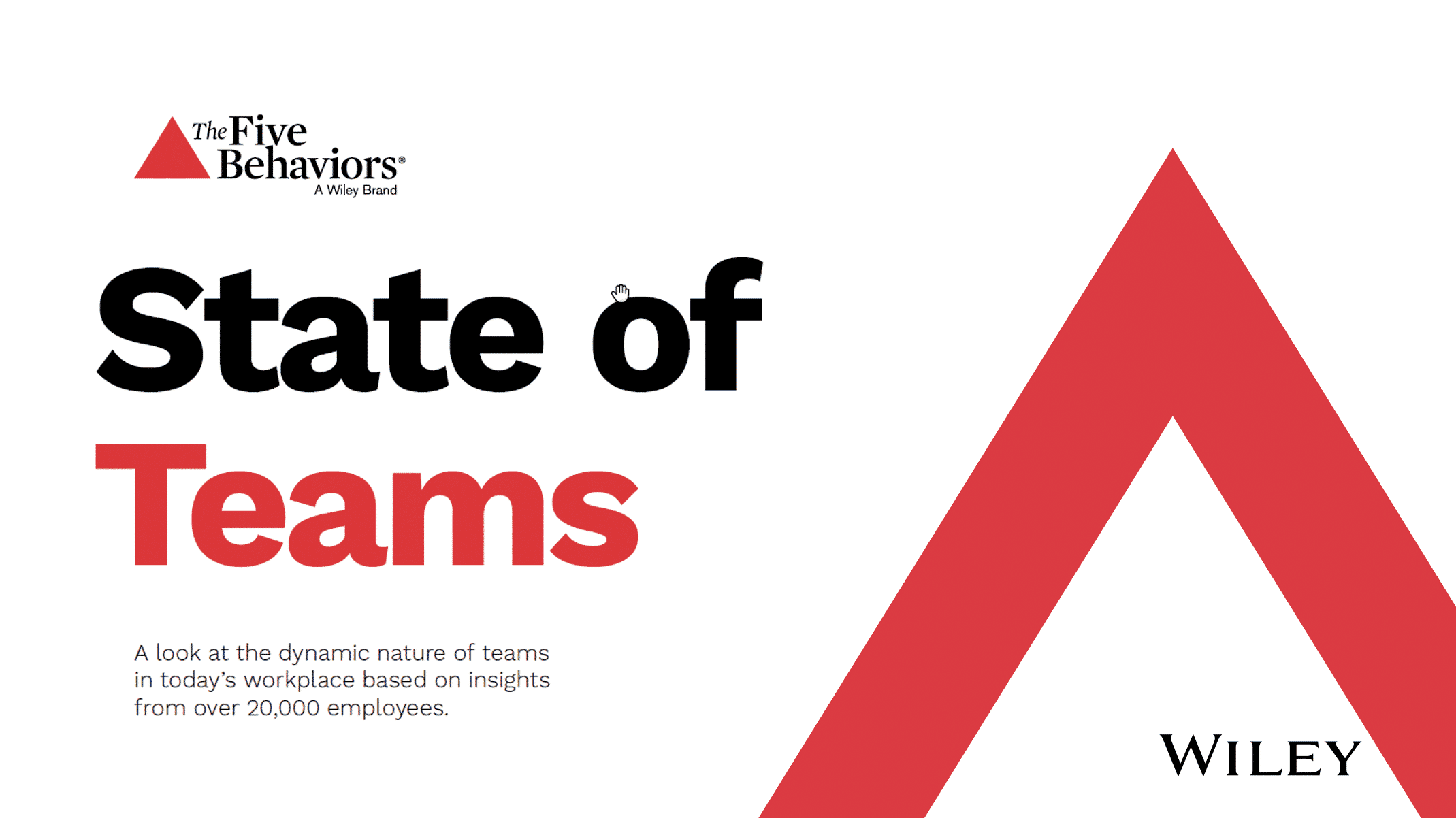


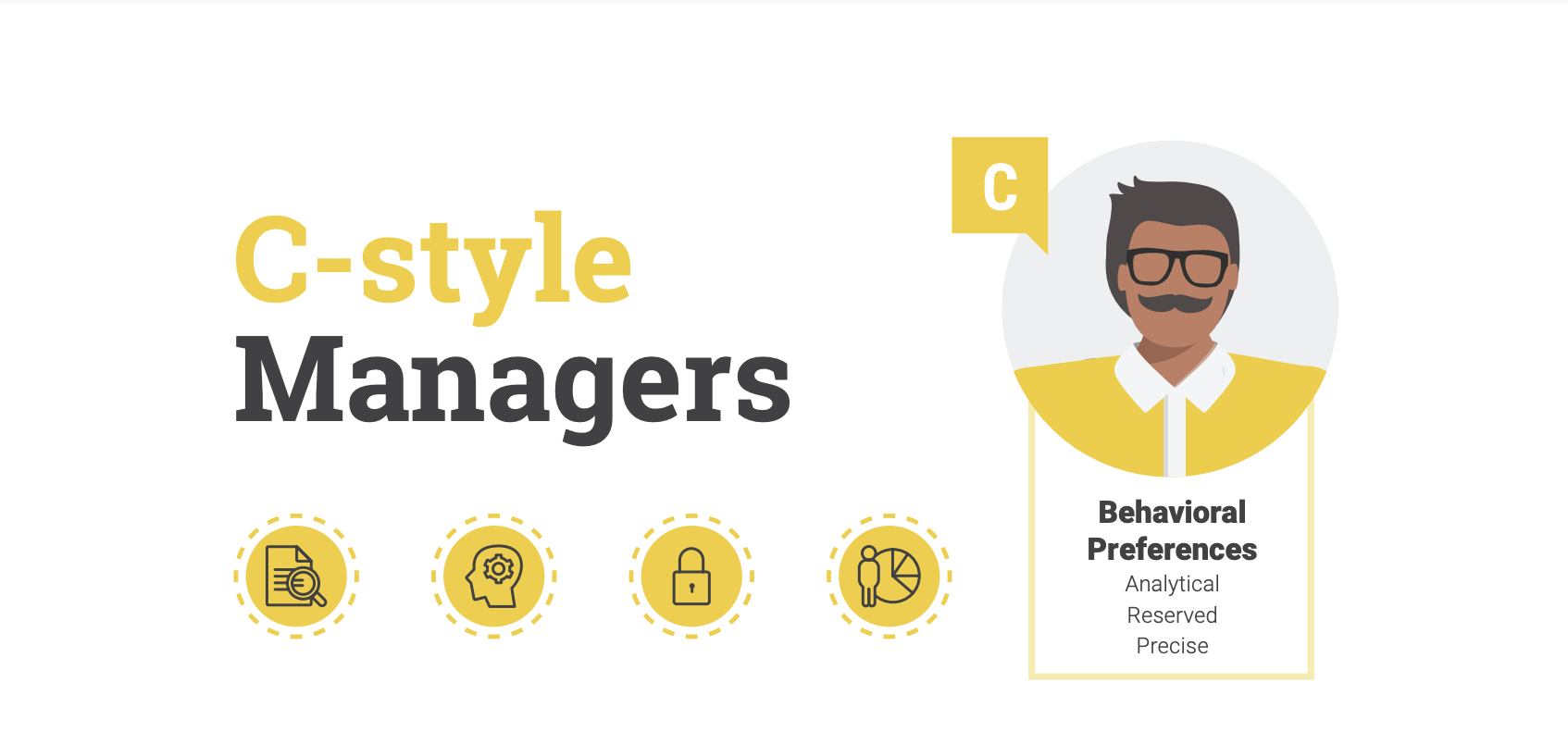
 Even if we’d never say them out loud, we all have unconscious assumptions
Even if we’d never say them out loud, we all have unconscious assumptions  • We get
• We get 


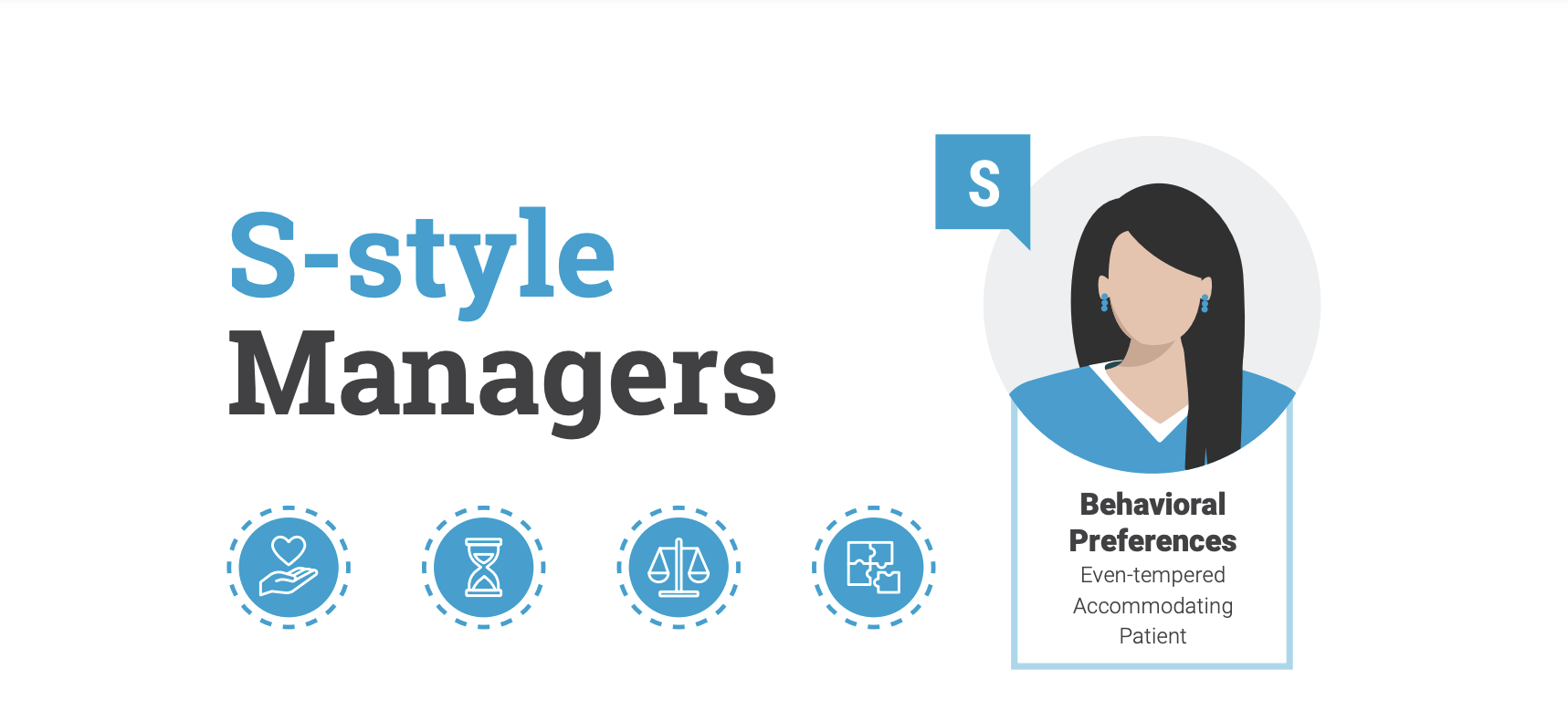

 •
• 



